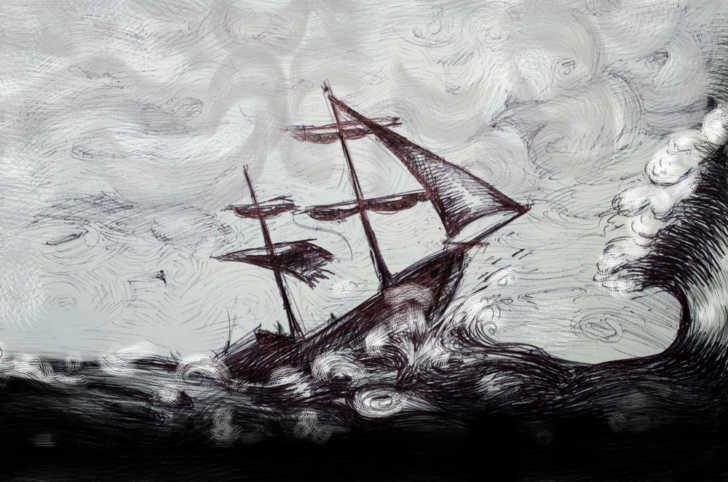We all know every writer has a unique process that works just for them. Maybe you need to spend time with your writing project every day to keep the motivation going and the character fresh. Or maybe you don’t have time every day, but you can block out huge chunks of time on the weekend to write. Maybe you need to know exactly how your story ends before you even start writing, or maybe you find the ending along the way. No matter what your quirks are about writing, we can all use a little refresher course with some new ideas every once in a while. If you’re in a bit of a rut, check out these 5 methods of starting your next novel from award winning authors, professors, and editors alike!
The Snowflake Method

The snowflake method of writing is all about starting small and building up the design of your novel. The snowflake pictured above is essentially a bunch of triangles rearranged into an intricate snowflake design. So it is with your novel! Start with a one sentence summary of your novel. From there, write a paragraph that develops the setup, disasters, and an ending. Next, move on to major characters. Write up a summary sheet for each character including name, physical description, motivations, epiphanies, conflict, etc. At this point, you should already begin to see story threads develop, and you’ll begin to notice any plot holes starting to emerge. The whole novel writing process really snowballs from here (pun definitely intended). See the rest of the snowflake method here!
Doorway Of No Return

Structure is important for any writing piece. One editor offers the advice of creating a “doorway of no return” in the first 1/5 of your novel. The doorway of no return is simply any conflict or tension that forces the protagonist to make a choice – and set the tone for the novel. Everything leading up to the doorway should be support information, building up to that scene. Some good questions to ask: have you given the reader a character worth following? Have you established the stakes for the novel? Have you created a scene that will force the main character into the central conflict of the plot?
External Change

If you’re really stuck on how to get the ball rolling, consider using the External Change method. Also known as the “inciting incident,” external change is basically anything that happens outside of your character that forces them to act. A boat crashing on the shores of an uncharted island, a death in the family, the apocalypse, etc. Something came from outside to interrupt the way the main character was living. This will often happen to characters that think they have a pretty good grip on life, and who would not otherwise change their habits or patterns of behavior.
Internal Change

If external change doesn’t quite fit the bill, try out internal change! As you might have guessed, this starts things off by a change in the main character who then acts upon his or her world to externalize the change that happened to them. This is always intriguing as the plot rests solely on the main character to act. If they did nothing, nothing would change. Often this looks like a character who is bored with their mundane life so they make crazy choices to dramatically switch things up, or if there is injustice and no one is stopping it, the main character will take matters into their own hands.
Just Do It

While organization, structure, and beginnings are important for writing a successful novel (and even just in finishing a novel), at the end of the day you just have to sit down and write it. Sometimes we get so bogged down in the details, the flow charts, the story arcs, the plot holes, and even the line edits, that we freeze and can’t write down another word. Take a deep breath, push all of that to the side, and start writing your story. If you need a place to start, check out this list of 30 lines to start a story. And then you have to just do it!
SKM: below-content placeholderWhizzco for CRH

